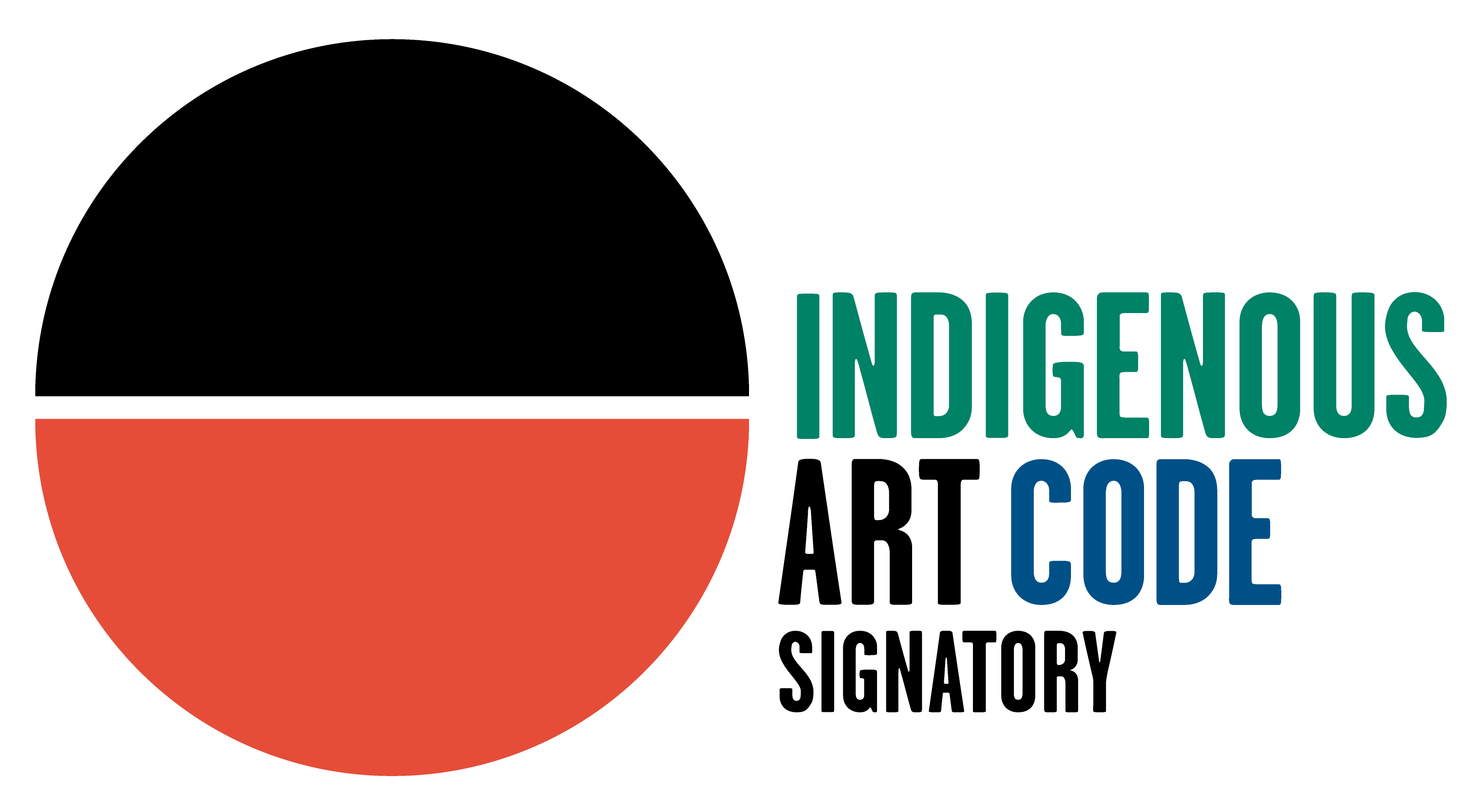Milminyina Dhamarrandji
Within the Ruwak area is the ringitj (sacred ceremonial ground) referred to by the 'deep' Djambarrpuyŋu name of Ŋurruyurrdjurr. During ceremony, the men dance in this area with long spears made from mangrove shoots that grow on the island. These spears are named Dhumudal (Djambarrpuyŋu) and Warrarri (Rirratjiŋu). The ceremony refers to Darrpa (the King Brown snake), Wuwarku (Taipan) and Dhambaḏiny (Death Adder). After the ceremony these bapi (snakes) move towards the coast, to a point called Rirrawutha, where they 'wash' their teeth in the water, symbolic of a spiritual cleansing. Rirrawutha can been seen from Wirrwawuy (the birthplace of Milminyina) as upstanding rocks on the Western side of Dhambaliya. These rocks also symbolise the snakes mentioned above, The riŋgitj grounds Ŋurruyurrdjurr are also found on another small island off the coast of Galiwinku. These two places of the same name are sung by the Djambarrpuyŋu and connect through the saltwater Rulyapa (arc shaped miny'tji commonly painted by the Rirratjiŋu) and the spiritual movements of the above mentioned bäpi.
Milminyina noted that the miny'tji (sacred clan design) is similar to the beautiful camouflage of the actual snake. This island has estates belonging to her Djambarrpuyŋu clan including a sacred site dedicated to the serpent Dhambaḏiny. The epic song poetry of this place focuses upon a natural spring and a ceremonial sand sculpture. Her arm of the Djambarrpuyŋu clan isnumerically small in this locale. She is the senior custodian of this songline. In 2013 she presided over a ceremony to ensure the renewal of the Law. This involved four days of manikay (sacred song) and buŋgul (ceremonial dance) by over 50 clanspeople of all ages. In the course of the ceremony the songmen sang 110 separate songs related to this place in six sessions over the four days. The families renewed and cleaned the sacred well to a depth of 150 cms so that fresh water was available. They tended to old grave sites and sang the thirty metre sand sculpture in the shape of a death adder into existence at the same time as they renewed its outline and highlighted it with a continuous outline of white coral from the nearby beach. “Art means a lot from a Yolŋu perspectivee. When you look at art, every line and the design on it means something to you. It’s from your heritage, your Yolŋu backbone, and it’s your identityas well. It is also connected to the songline and the land.” Milminyina Dhammarrandji.
An anthropologist who was present described a scene during the ceremony. During Song 7 a ritual was conducted inside the sand sculpture. A small amount of tinder was placed at its centre and then two young males lay face-down with their heads on either side of the tinder. Both men are djungayki (caretaker) for this country; one is Warryala, the son Milminyina, and the other is a Rirratjingu man. The men have their arms by their side, and roll and wiggle from side to side mimicking the movement of snakes. The fire is then lit as a representation of the Ancestral Snake getting angry. Once the fire is lit the two men jump to an upright position on their knees, each now holding a spear horizontal across their stomach
but bent upwards at either end. Using their knees they put out the fire, this being a way to calm the Ancestral Snake.
It brings to life the connection between the people, the art and the spirit which is in the land. It also shows the significance that art plays in maintaining and strengthening ephemeral culture. This becomes a virtuous circle when you appreciate that the art (apart from the binding material) is made entirely from the land.
SIGN UP TO OUR MAILING LIST FOR ALL THE NEWS
* denotes required fields
We will process the personal data you have supplied in accordance with our privacy policy (available on request). You can unsubscribe or change your preferences at any time by clicking the link in our emails.


